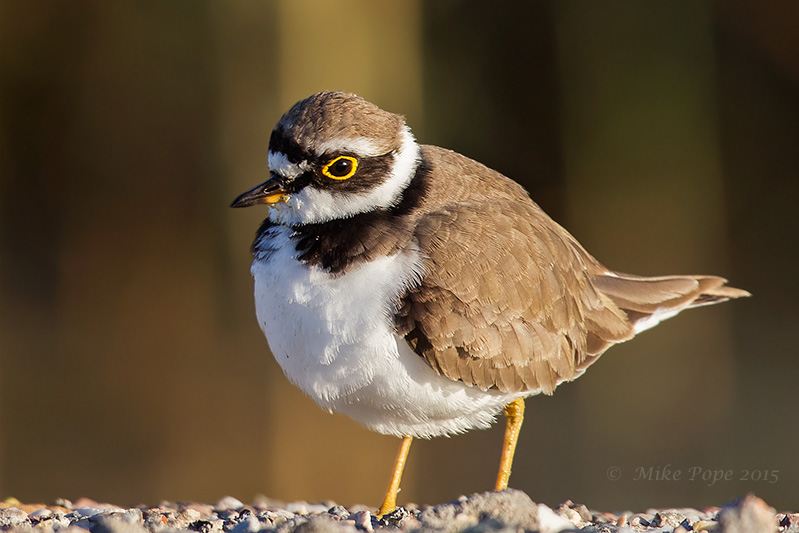And surreptitiously the weather has changed with days getting longer, temperatures rising and the prevailing wind changing direction to assist the migrants returning north to their breeding grounds.
We are really fortunate that for many, Kuwait is on the direct route 'home' and we really have the pleasure to enjoy them as they stop to rest and refuel before continuing.
As usual, I make my first stop at a small patch of reeds on route to Khiran and although it is a public area and a little degraded, it certainly attracts a good variety of species. Black-headed Wagtails are the first ssp to arrive and their numbers have increased pretty quickly; here are two variants.
 |
| Black-headed Wagtail (Motacilla f. supercilliaris) |
 |
| Eastern Black-headed Wagtail (Motacilla f. melanogrisea) |
 |
| White Wagtail (Motacilla alba) in breeding plumage |
 |
| Eurasian Reed Warbler (Acrocephalus scirpaceus) |
 |
| Eurasian Reed Warbler (Acrocephalus scirpaceus), although I'n not 100% certain of this one |
 |
| Female North Caspian Stonechat (Saxicola m. hemprichii) |
 |
| Male North Caspian Stonechat (Saxicola m. hemprichii) |
 |
| Isabelline Wheatear (Oenanthe isabellina) |
But my first Northern for the spring was also seen.
 |
| Male Northern Wheatear (Oenanthe oenanthe) |
 |
| Mauryan Grey Shrike (Lanius lahtora pallidirostris) |
 |
| Turkestan Shrike (Lanius phoenicuroides) |
 |
| Little Crake (Porzana parva) |
and with some patience and a bit of 'phishing' got a Red-throated Bluethroat to briefly show itself
 |
| Red-spotted Bluethroat (Luscinia svecica) |
 |
| Water Pipit (Anthus spinoletta) |
 |
| Little Ringed Plover (Charadrius dubius) |
By now it was time to head to the boat, but not much was seen out on the water as the majority of large Gulls and Great Cormorants have pretty much departed
Back on terra firma, more migrants were encountered; it took some time and patience to just get a poor record shot of a male Menetries Warbler as it scurried from bush to bush
 |
| Male Ménétriés’s Warbler (Sylvia mystacea) |
 |
| Male North Caspian Stonechat (Saxicola m. hemprichii) |
I had an Eurasian Sparrowhawk fly by at speed overhead and only managed one grab shot..
 |
| Female Eurasian Sparrowhawk (Accipiter nisus) |
 |
| Woodchat Shrike (Lanius senator) |
 |
| Common Chiffchaff (Phylloscopus collybita) |
 |
| Common Whitethroat (Sylvia communis) |
 |
| Male Pied Wheatear (Oenanthe pleschanka) |
together with Eastern Black-eared
 |
| Male Eastern Black-eared Wheatear (Oenanthe h. melanoleuca) |
On the drive home, a Common Rosefinch in breeding plumage flushed from the side of the road where it was feeding; I did well to pull over and get my bins on it without causing any traffic mayhem. I flew a long way off and disappeared between some of the chalets in the project. I decided to try and relocate it, without success - well sort of; whilst searching I found a pair of Desert Finch foraging on the ground. They were pretty intent on stripping what looked like the short leaves off a small desert plant and pretty much ignored me. Unfortunately, it was during the hottest time of the day and the heat haze coming off the ground creates havoc for a big prime lens and sharp focus is literally impossible. This pair was the 13th record for Kuwait, although I would have preferred the Rosefinch.
 |
| Female Desert Finch (Rhodospiza obsoleta) |
 |
| Male Desert Finch (Rhodospiza obsoleta) who stripped and ate all the leaves on this plant |
But it was a great morning out made so especially with the arrival of the spring migrants that give glimpses of colour in the drab desert landscape.








No comments:
Post a Comment